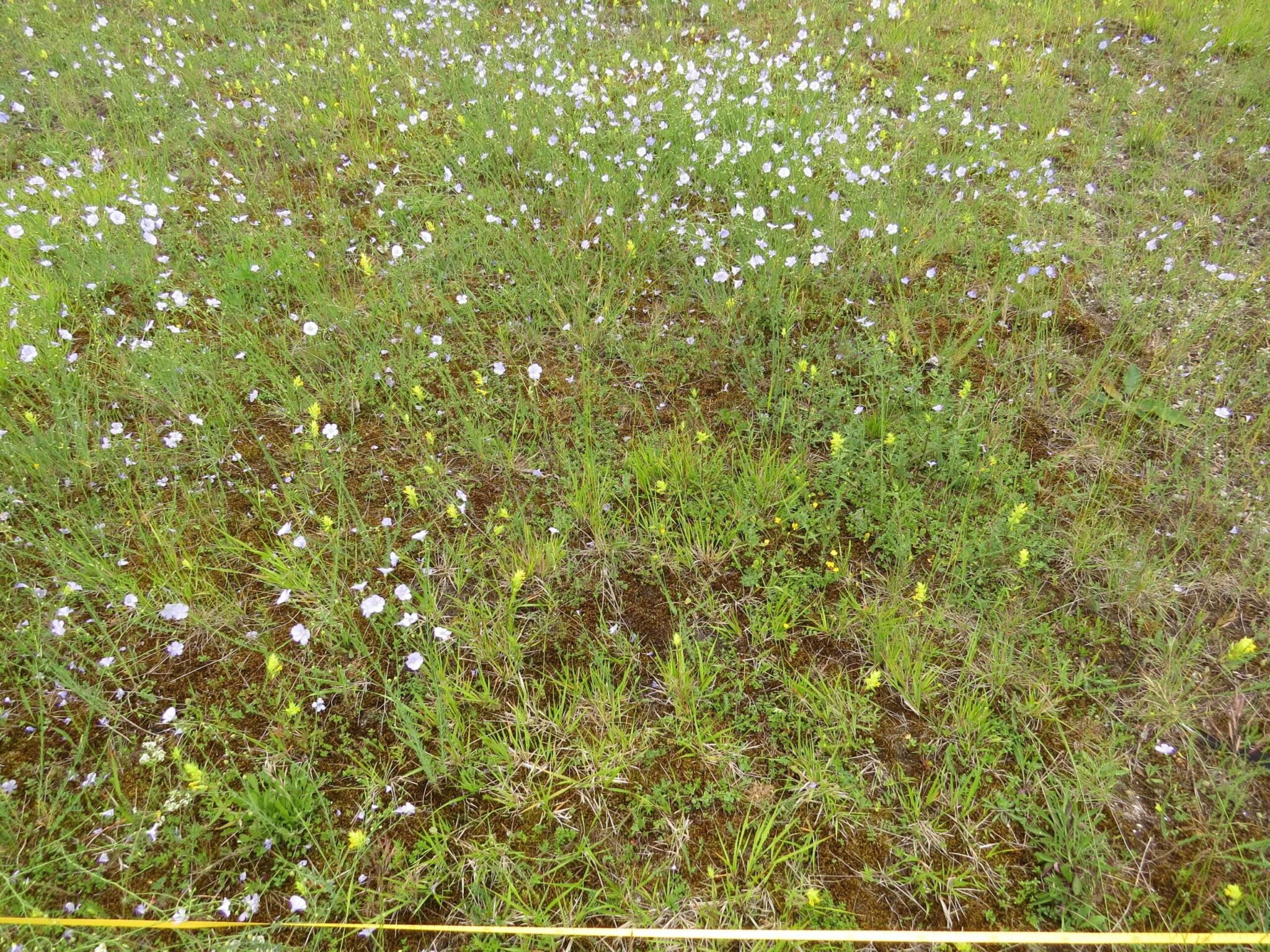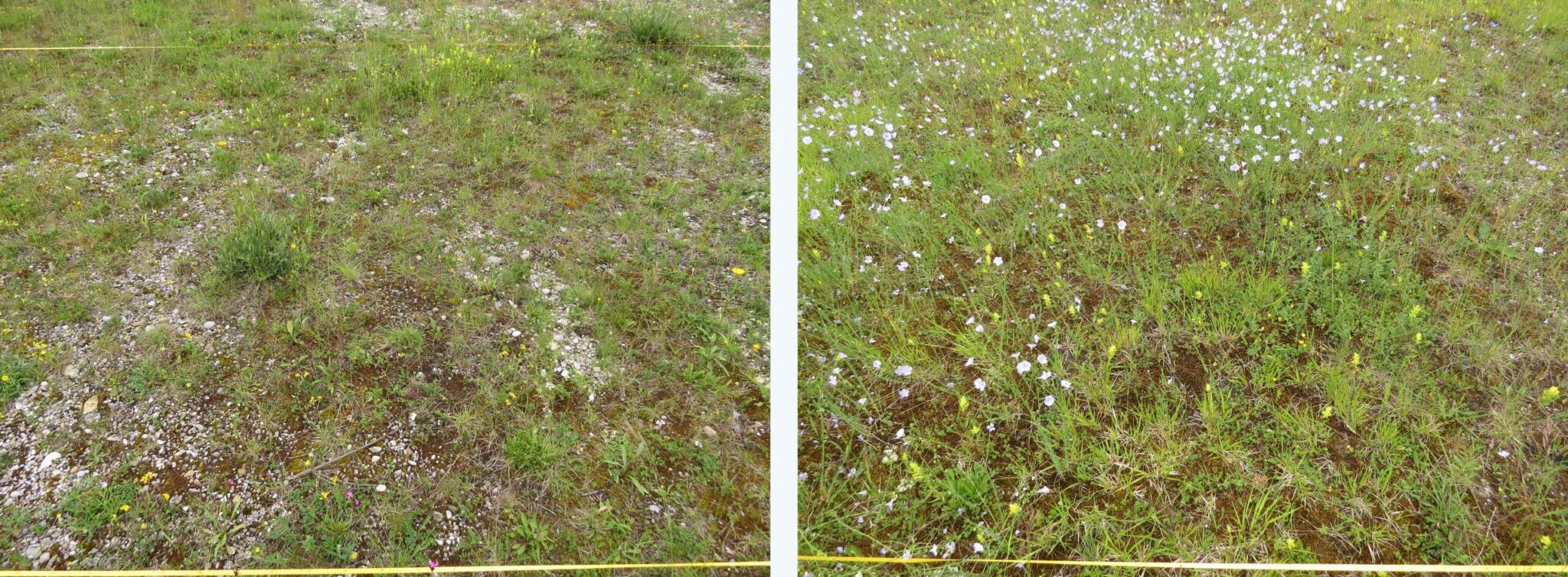When a human organ "breaks down" - it is sometimes possible to replace it with another one, but is it possible to replace contaminated soil with another soil? It turns out that it is: this method is called "soil transplanting", and a new international study points to its impressive effectiveness - but also to its limitations
As all the boys and girls who have ever built a castle in the sand know - it is easier to destroy than to build. This statement is especially true when it pertains to the natural environment: sometimes, the use that humans make of the soil for living purposes, agriculture and resource mining - causes it to almost completely lose some of its important inhabitants: a multitude of bacteria, fungi and nutrients, on which its health depends. And so, areas of our nature that have been damaged by human activity may need decades or even hundreds of years of restoration - which will hopefully bring them back (or at least bring them closer) to the state they were in before they were damaged.
But it turns out that there is a way to help the soil recover and return to it materials and creatures that are essential for its existence: soil transplantation is a method in which healthy soil is transferred to an area where the soil needs restoration. New and extensive international research, published in the scientific journal The Journal of Applied Ecology - shows that this is a fairly effective method for restoring natural areas.
The life beneath our feet
When we go out into nature, most of us will examine the flowers, the trees, the birds, and maybe even the insects, but it turns out that in order to examine the basis of the natural system, we need to lower our gaze even further - to the ground itself. "The health of the soil is reflected in the variety of species found in it," explains Prof. Marcelo Sternberg, climate change ecologist at the School of Plant Sciences and Food Security at the Faculty of Life Sciences at Tel Aviv University. "Plants need nutrients, bacteria and fungi that help them grow - and the richer the soil, the more stable and immune the plant that grows on it."

The "top" layer of the soil, which includes the largest amount of nutrients, is the top layer of soil (Topsoil). Therefore, this layer of the soil may be particularly healthy - and it is the one that is suitable to be a donor and recipient in the soil transplantation process.
But this layer can also be severely damaged: according to Sternberg, damage to the soil can occur due to various factors, such as Pollution, Mining of resources and agriculture. "Problematic management of agricultural land can cause damage to the soil, which wears it out," he explains. for example, Agricultural land erosion: a process that occurs when the upper and important layer of the soil is not covered by vegetation - and is carried away by precipitation or wind. Even driving vehicles, construction, infrastructure works and other human activities - may increase soil erosion.
In addition, spraying pesticides with high frequency can seriously damage the soil. "By the nature of things, spraying does not distinguish between bacteria, fungi or insects that are beneficial - and those that are harmful; He just kills everything," says Sternberg. According to him, over-fertilization may also damage the soil because it changes the natural balance that exists between it and the creatures and natural materials in it.
As mentioned, one of the solutions to the situation is soil transplantation: the transfer of a healthy layer of soil - to a contaminated area. "This method is based on the creation of healthy islands within a large damaged area," Sternberg explains. "These healthy centers are supposed to be the source from which plants will produce seeds, spread and cover the remaining contaminated area." That is, the part that has undergone restoration will go and spread naturally - like the mint in your planter that sometimes jumps to an empty soil area in the neighboring planter.

In the new study, the researchers examined the results of 46 field experiments in soil restoration that took place in 17 countries and across 4 different continents, in diverse climate conditions - from the arctic tundra to tropical regions. They also examined the results of soil transplantation in comparison to another soil restoration process: scattering seeds of desired vegetation in combination with organic fertilizer; In other words, the researchers examined the transplanting of the soil against the classical method - which, in addition to spreading the fertilization, relies on the ability of the soil and the vegetation to recover on their own.
Preference for mortar
The results of the study are surprising for the better: the researchers showed that transplanting soil is an effective method in all the areas tested, from the most frozen to the tropics. However, the degree of success varies in different locations - and depends on the type of soil.
In the research, it was discovered that the "excellent" type of soil for the method is clay - a soil mixture with water holding capacity, drainage and a high level of ventilation for the roots; An example of clay soil is the red clay that you have probably seen here in Israel as well.
In addition, the study shows that transplanting soil leads to the development of more vegetation than the corresponding method tested. And - the larger the area that was transplanted in the affected area, the better the results.
Patience, the earth is recovering
Despite the positive results of the research, it should be noted that the transplanting of the soil also has disadvantages. "When you move soil from one place to another - the operation may damage the place from which it comes," says Sternberg. "The process of producing soil takes thousands of years because, in fact, soil is the result of the weathering of rocks; Therefore, when performing the method, care must be taken not to damage the place from which the material is brought." One way to do this, for example, is not to move too much soil.
In addition, it is a method that requires a lot of patience - both on the part of man and on the part of nature. "Those healthy islands of soil have to spread and cover the damaged area to which they are transferred - and this is a process that takes hundreds of years," explains Sternberg.

Because of this, according to him, the best method is to adhere to smarter space management. How do you do that? According to Sternberg, the role of the law in this matter is extremely significant. "The process of land restoration requires a lot of time and funding - and therefore it is the role of the regulator in each country to demand proper management of the open and agricultural areas and to encourage conservation and sustainable agriculture." For example, to prevent the soil from being left bare, in part by leaving vegetation in the field after harvesting the crop and sowing vegetation that will cover the soil until the next crop.
Sternberg points out that these days we are in the midst of A decade of restoration of natural systems, announced by the UN in 2021. The purpose of the project is to stop and prevent the process of destroying ecosystems on the planet. "Natural systems have been significantly damaged as a result of human activity - and now we must take care of them," he concludes.
More of the topic in Hayadan:
